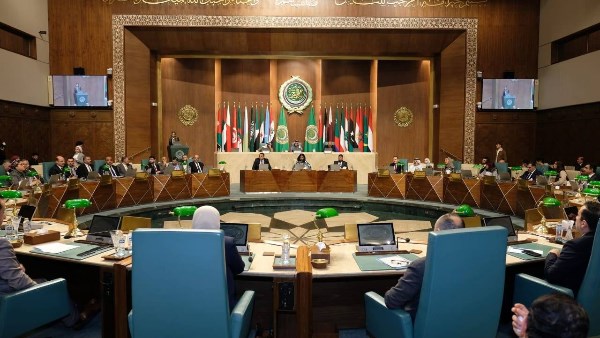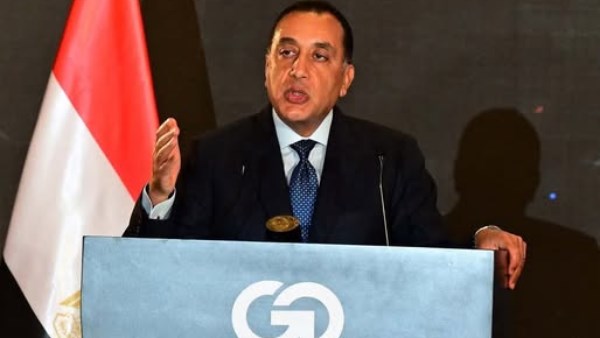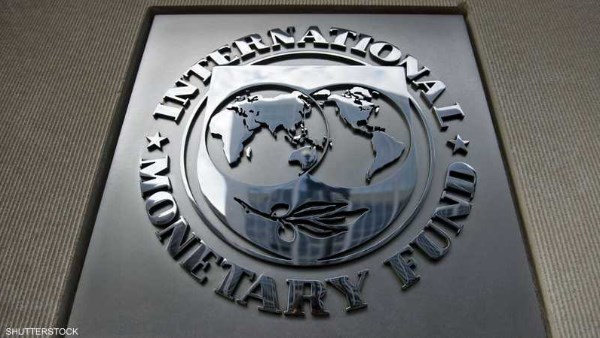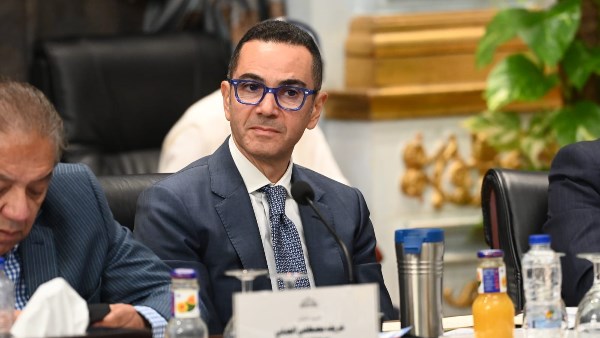
Russian ruble plunges past100 against dollar for first time since Russian-Ukraine war

The Russian ruble slid on Monday past 100 against the dollar Monday، to hit the lowest level since the early weeks of the war in Ukraine on March 23، 2022، weeks after Moscow unleashed full-scale hostilities in Ukraine and Russia's currency has shed around %30 of its value against the dollar since the beginning of the current year، as the country imports more and exports less.

Washington Post mentioned that the Russian ruble has reached its lowest value since the early weeks of the war in Ukraine as Moscow increases military spending and Western sanctions weigh on its energy exports.
The Russian ruble declined 30% this year
The Russian ruble passed 101 rubles to the dollar، at the beginning of this week continuing a more than 30% decline in its value since the beginning of the year and hitting the lowest level in almost 17 months.

President Vladimir Putin’s economic adviser، Maksim Oreshkin، on Monday blamed the weak ruble on loose monetary policy and warned that a strong ruble is in the interest of the Russian economy and that a weak currency complicates economic restructuring and negatively affects people’s real incomes.
Russia’s central bank has all the tools necessary to maintain the ruble strong
+
President Vladimir Putin’s economic adviser، Maksim Oreshkin، stated that Russia’s central bank has all the tools necessary to maintain the ruble strong and to stabilize the situation and he expected normalization shortly.

Russia’s central bank deputy director Alexei Zabotkin affirmed that the bank is adhering to a floating exchange rate because it allows the economy to effectively adapt to changing external conditions.
The weakening of the Russian ruble due to increased defense spending
Analysts say the weakening of the Russian ruble is being driven by increased defense spending، leading imports to rise، and falling exports، particularly in the oil and natural gas sector، as importing more and exporting less means a smaller trade surplus، which typically weighs on the country’s currency.

Alexandra Prokopenko، nonresident scholar at the Carnegie Russia Eurasia Center and a former Russian central bank official indicated that the Russian economy is now working on different types of state orders related to the war، such as textile enterprises، pharmaceuticals and the food industry but the the ruble is still weak.

The war raises the prospect of worsening inflation
She explained that pivoting the entire economy to a war footing not only drives up imports but also raises the prospect of worsening inflation and the fall in the ruble do that the central bank said last week that it would stop buying foreign currency on the domestic market until the end of the year to try to prop up the ruble and reduce volatility.
Russia sells foreign currency to counter any shortfall in revenue
Russia typically sells foreign currency to counter any shortfall in revenue from oil and natural gas exports and buys currency if it has a surplus to prevent the ruble from hitting the lowest level since the war so that some Russians in Moscow appeared concerned about the weakening currency.

The central bank also enacted a big increase of 1% to its key interest rate last month، saying inflation is expected to keep rising and the fall in the ruble is adding to the risk and the rate is now at 8.5% but could be hiked again at the next meeting on Sept. 15.
It is hoped the fall of the ruble temporary
Russians in Moscow hoped the fall of the ruble was temporary and that it would stabilize but prices will rise، which means that the standard of living will fall as it has already fallen، and it will fall even more، meaning that there are definitely more poor people.

At the start of this year،in January، the ruble traded at about 66 to the dollar but lost about a third of its value in subsequent months as the Western countries imposed sanctions after the invasion of Ukraine in February 2022، that the ruble plunged as low as 130 to the dollar، but the central bank enacted capital controls to stabilize its value that by last summer، it was in the 50-60 range to the dollar.
International sanctions contributing to the ruble fall
Russia’s central bank deputy director Alexei Zabotkin announced last week that international sanctions had cut off a significant amount of imports to Russia، contributing to the ruble’s fall، but he dismissed speculation that capital flight from Russia also was to blame.

Data from the Moscow Exchange showed on Monday that the ruble trading at 101.01 to the dollar while against the euro it tumbled to a near 17-month low of 110.73 and it could sink further to 115-120 per dollar، as Alor Broker analyst Alexei Antonov warned in a note published by financial firms on Monday and said that for the decline in the ruble to end، it should be a reduction in imports or decisive steps should be taken by the monetary authorities.





-1120252475029447.jpg)















